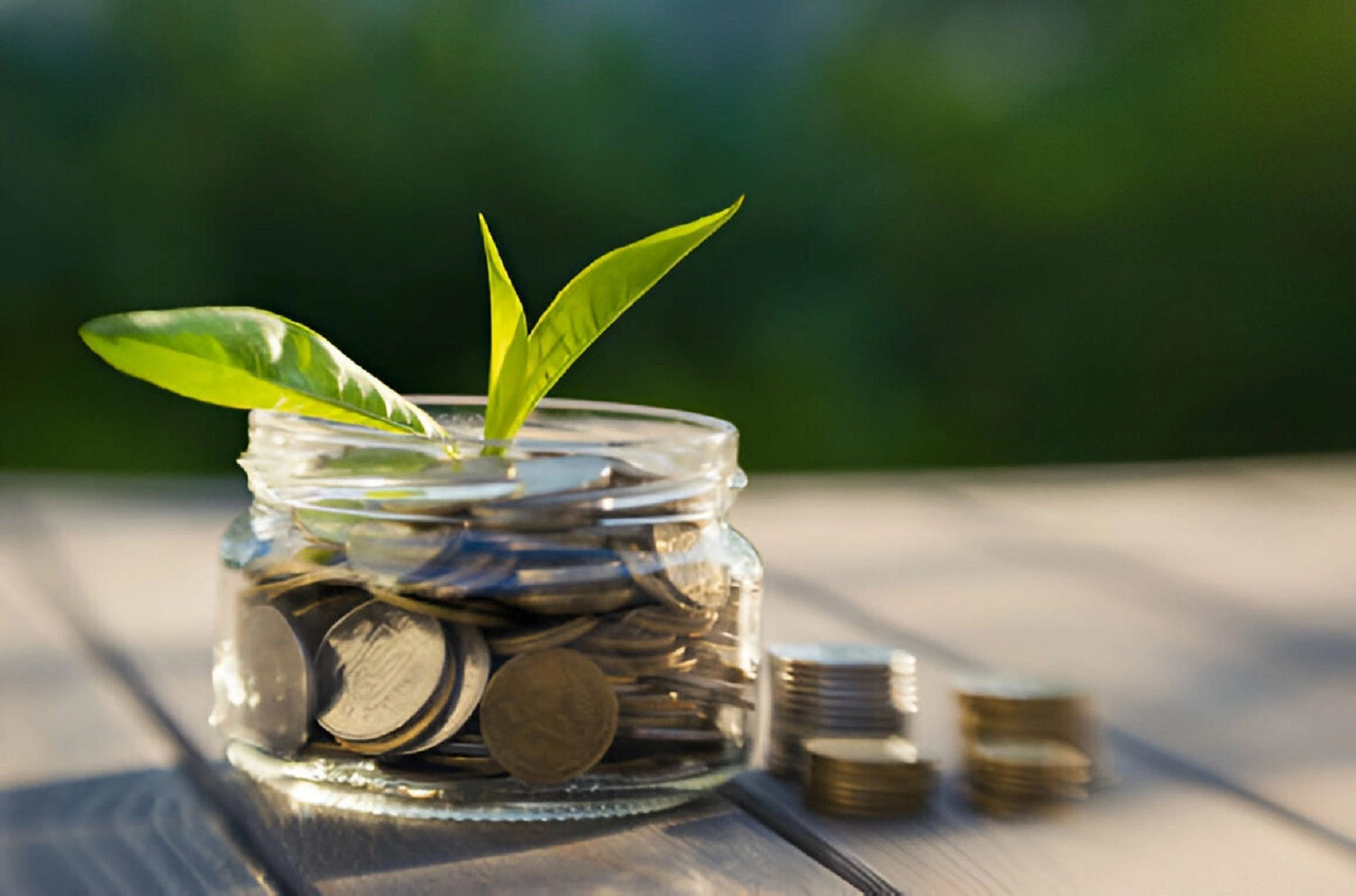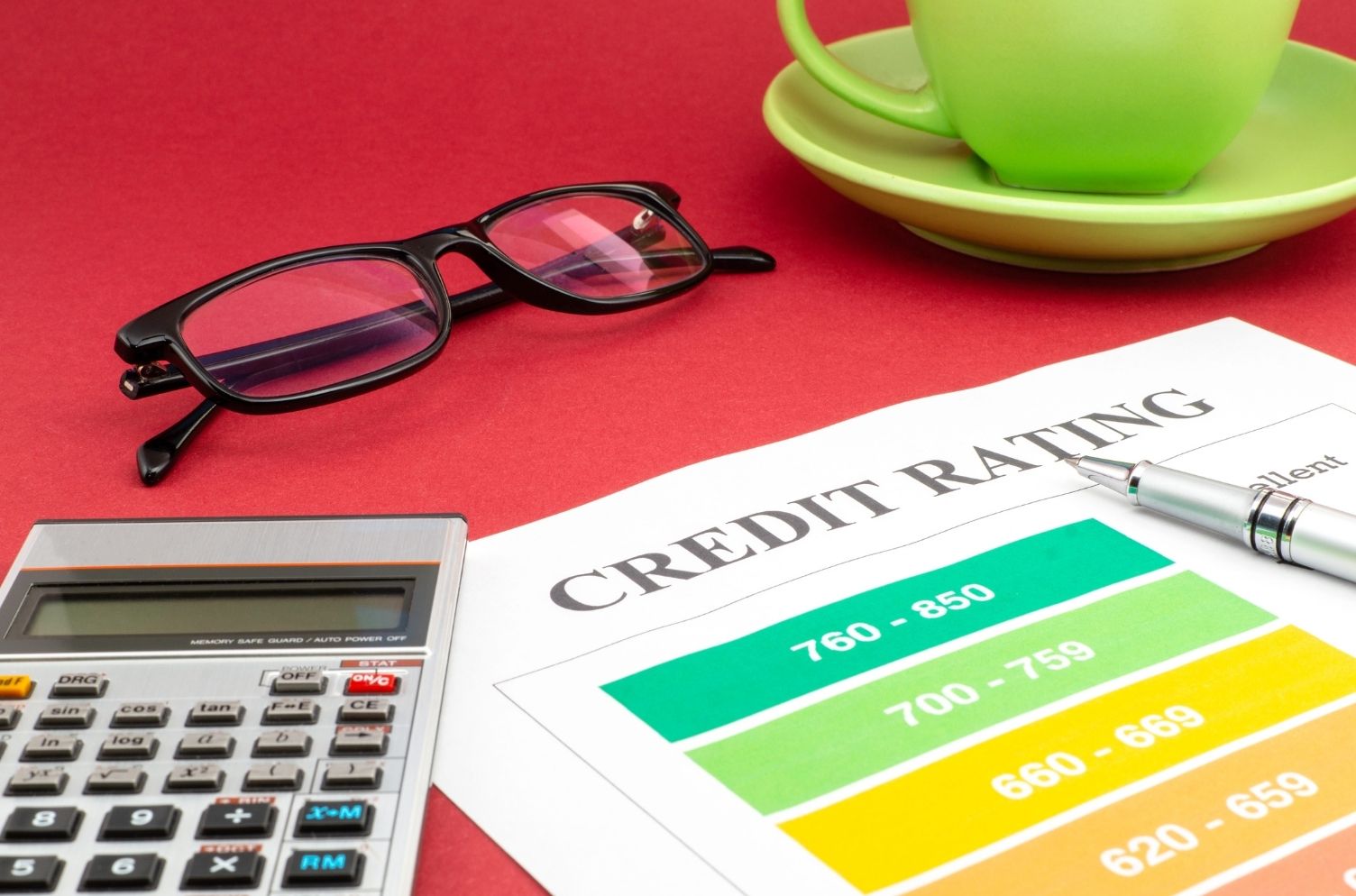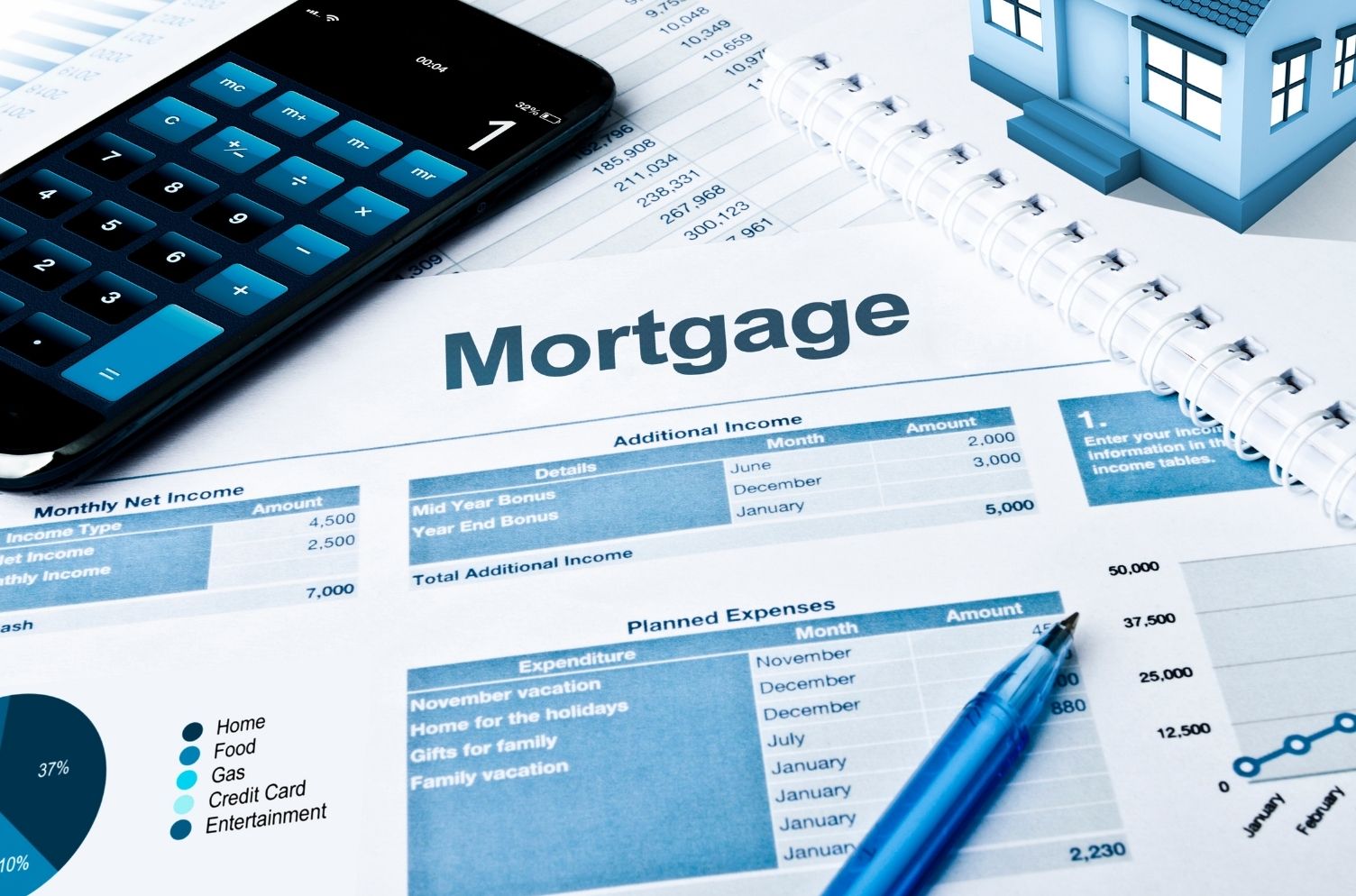What is Rental Yield?

Rental yield tells you how much money a property makes, compared to its cost. Keep reading to learn more about this key number in owning property.
Definition
Rental yield is a way to measure how much cash or profit your rental property makes. It's like a math problem that tells you if your investment is doing well. You calculate it by looking at the annual rental income and comparing it with the property's value.
For example, if you buy a flat for £180,000 and charge £900 every month for rent, the gross rental yield comes out to 6 percent. This percentage helps landlords and investors see their return on investment in clear terms.
There are two types of rental yields: gross and net. Gross rental yield is simpler; it just looks at the annual rent income compared to the purchase price or current market value of the property without subtracting any costs like fees, insurance, or maintenance.
Net rental yield goes a step further by taking out all those extra expenses before making the comparison. Knowing both numbers can give property owners a better idea of their actual earnings after all those other costs get paid.
Difference between gross and net yield
Understanding the difference between gross and net yield is crucial for anyone involved in property investment. Gross rental yield measures how much money a property generates before considering any expenses.
It's based solely on the rental income you receive from tenants or holiday lets. In contrast, net rental yield takes into account your annual costs, such as maintenance work, council tax, management fees, and other taxes related to renting out properties. These costs can significantly impact your actual earnings from an investment property.
For example, if you own a flat priced at £180,000 and it brings in a certain amount of rent annually but you spend money on upkeep, services by letting agents or chartered surveyors for appraisal and tenancy agreements plus ground rent, calculating your net yield gives you a clearer financial picture.
You might find that after deducting all these expenditures, your profitable return stands at 4.5%. This figure represents the real earning potential of your investment compared to just looking at gross figures which don't paint the full picture.
How to Calculate Rental Yield
To figure out average rental yield, grab a calculator and crunch some numbers based on your property's price and the rent you charge. Keep an eye out for more tips to make this process easy.
Using a rental yield calculator
A good rental yield calculator helps you figure out how much income your property can make and calculate net rental yield. You input the purchase price and monthly rent. For a flat bought for £180,000 with a rent of £900 each month, the gross rental yield is 6%.
This tool makes it easy to see your potential earnings without complex math.
After deducting annual costs from your total income, you also learn what your net rental yield will be. If the same flat costs you in fees and upkeep over the year, reducing your monthly rental income, your net yield might drop to 4.5%.
These calculators are great for comparing different properties or understanding how changes like inflation or tax rates could affect what you earn from renting out places. They guide decisions on buying properties or adjusting rents to ensure investments remain profitable despite shifts in interest rates or house prices set by market trends.
Factors to consider
Calculating rental yield is a crucial step for buy-to-let landlords and new landlords. It helps them understand the profit they can make from their property investments. They need to think about the cost of buying the property and any expenses related to mortgages with rent.
Also, it's important to factor in how much monthly rent the buy to let property will bring in.
Landlords should also consider annual costs such as maintenance, property management fees, and any charges that come with houses of multiple occupation or leasehold properties. Other expenses might include stamp duty, capital growth expectations, and potential vacancies between renters.
These factors together give a clearer picture of what the investment will really cost and how much income it could generate.
Why Rental Yield is Important
Understanding rental yield guides investors on the earnings from their properties, shaping smarter investment choices. It acts as a compass for comparing various dwellings, from apartments to townhouses.
Key elements like location and maintenance expenses influence these yields significantly. Discover how to leverage this metric to enhance your property purchase price and financial returns in our next sections.
Helps with investment decisions
Knowing about rental yield guides property owners in making smart buy-to-let investment choices. It acts as a compass, steering investors toward properties that promise better returns.
By analyzing the rental yield, an investor can gauge how long it will take to recoup their initial outlay on a house or apartment. This is crucial in the housing market where every percentage point difference in yield can mean thousands of dollars over time.
For those considering buy-to-let mortgages, understanding rental yield equips them with the knowledge to select properties that align with their financial goals. Investors compare yields across different rentals—be they flats, maisonettes, or houses of multiple occupancy—to identify which ones are most likely to increase their cash flow and enhance profitability.
This analytical approach empowers investors to build a portfolio that balances risk and reward effectively.
Factors that can affect rental yield
Understanding how different factors play into the success of your investment allows for a smoother comparison across various properties. Location stands as a major player in this equation.
A property nestled in a high-demand area usually secures higher monthly rents compared to one in less desirable locations. This is due to the simple principle of supply and demand; areas with better amenities, schools, and transport links naturally attract more renters willing to pay top dollar.
On the flip side, costs associated with owning and maintaining rental properties significantly impact rental yield. Initial purchase expenses, ongoing maintenance fees, property valuation services by entities like The Royal Institution of Chartered Surveyors, taxes, and mortgage lender fees all chip away at the profitability of your investment.
Clever investors keep tabs on these outflows to ensure their property continues to deliver optimal returns while managing financial responsibilities set by industry regulators such as the Financial Conduct Authority.
By balancing these elements carefully, landlords can work to secure a favorable yield from their rented spaces.
Maximizing Your Rental Yield
To boost your renting income, focus on strategies that enhance property appeal and reduce vacancies. Simple upgrades or more efficient property management can significantly increase profitability.
Tips and strategies
Boosting your rental yield starts with doing your homework on market demand. Knowing what renters want helps you set the right price and keep your property filled more often, leading to better turnover.
Adding appealing furnishings can justify higher rents, making your property stand out in the crowded renting market.
Keeping tenants happy plays a crucial role too. Happy renters are more likely to stay longer, reducing vacancies and saving you money on finding new occupants. Strategies like conducting market research and investing in quality furnishings increase property value and strengthen your relationship with tenants, contributing significantly to maximizing rental yield.
Conclusion
Knowing about rental yield guides buy-to-let investors in making smart choices. It compares the income from property with the investment cost. This helps find properties that pay off better.
You can use online calculators to crunch these numbers easily. High rental yields can turn a property into a money-making asset over time. By understanding and applying this knowledge, you ensure your investments work hard for you, securing financial growth and stability in the real estate market.
FAQs
1. What is rental yield and why is it important?
Rental yield refers to the return a property investor gets on their investment. It's crucial because it helps you compare the efficiency of different properties in terms of rent.
2. How does rental yield relate to buy-to-let properties?
In a buy-to-let scenario, understanding rental yield can guide decisions about mortgages and prices, ensuring sustainability for your investment.
3. Can an estate agent help me understand rental yield better?
Yes, an estate agent can provide average rental yields based on price indexes and other data from their server infrastructure.
4. Does knowing about rental yield affect my tax return or capital gains?
Understanding your property’s rental yield could influence your making tax digital decisions as well as how you report capital gains on your tax return.
5. How does browsing websites help with understanding rental yields?
Websites use cookies stored in files on your browser to enhance user experience by remembering preferences when logged into web pages like Google Analytics or consumer credit sites which offer insights into renting yields.
6. Is there a risk if I don't consider the importance of the rental yield before investing in a tenanted property?
Without considering the importance of renting yields, investors may face risks such as debt from unmanageable mortgages that could lead to having their property repossessed by mortgage lenders.
Related Posts
Ask the Expert
Mortgage Brokers


_7779.jpg)

